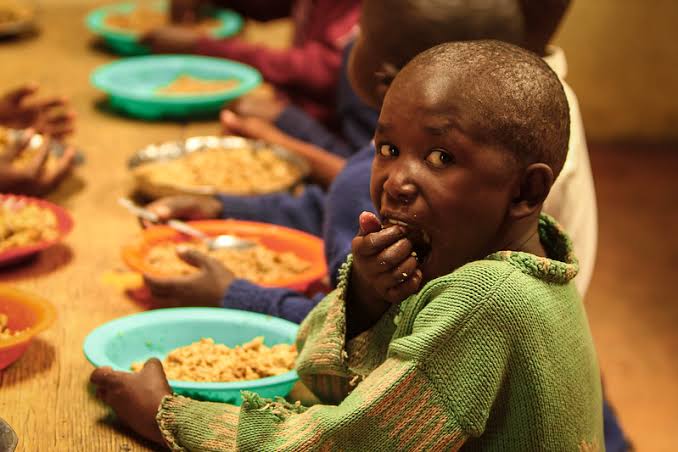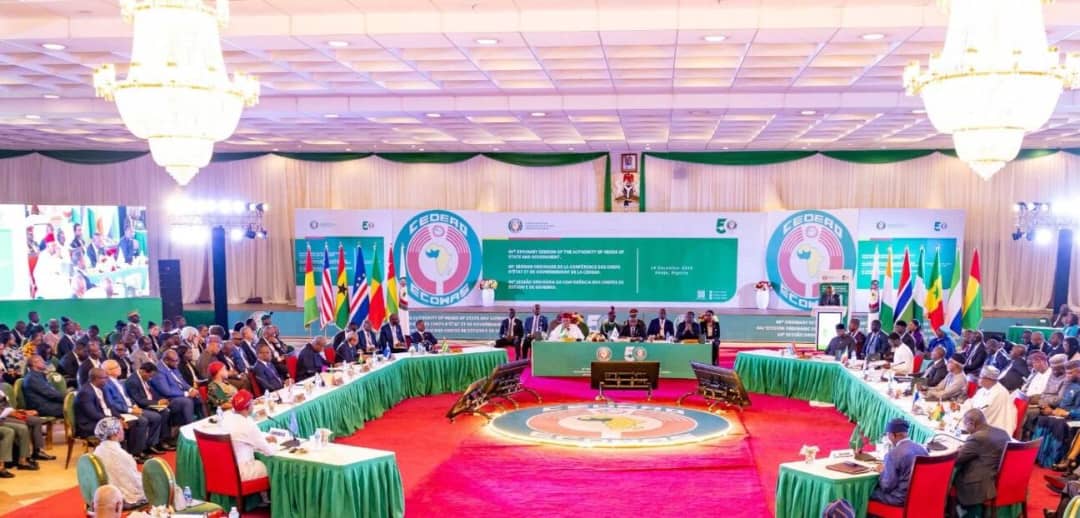The World Food Programme says about 673 million people, or around eight per cent of the world’s population, are not getting enough to eat and going hungry.
The WFP, a UN food programme, said export restrictions, tariffs, and volatile commodity prices were destabilising food markets, making food less affordable and accessible in food-deficient countries.
These issues were compounded by trade policy uncertainty, especially global tariffs and inflation, WFP said, adding that this ultimately limits people’s access to affordable food.
The statement was made ahead of the 2025 World Food Day, which is commemorated every October 16, and listed Nigeria as one of the eight countries facing acute food security.
According to the WFP, out of the nearly 700 million people who live in extreme poverty globally, two-thirds reside in Sub-Saharan Africa.
The UN global food agency explained why there is not enough food to feed the global population of over eight billion, yet people still go hungry.
“Somalia, Sudan, South Sudan, Mali, Burkina Faso, the Democratic Republic of the Congo, Nigeria, and Ethiopia all face acute food insecurity driven by a combination of conflict, droughts, floods, and desertification,” it said.
The WFP said conflict, climate change, and inequality were all playing roles in the development of food insecurity, adding that there were also other reasons for it.
It said armed conflicts such as those in Ukraine, Sudan, and Gaza disrupt food production, supply chains, and access to markets.
“This leads to the displacement of people, creating acute food insecurity for millions,” it said.
WFP also said that increasing climate variability, including droughts, floods, and heat waves, was affecting the ability of farmers to grow food.
“This undermines agricultural productivity and food availability, especially in vulnerable regions. Global and regional economic downturns, rising food and energy prices, and inflation have combined to reduce purchasing power and access to nutritious food, particularly in low-income countries.
“The COVID-19 pandemic, the war in Ukraine, and climate shocks all contributed to food price surges between 2020 and 2024. As food prices rose, real wages fell and inflation kicked in, people, especially in low-income countries, were less able to afford nutritious food and often ate fewer meals per day,” it further said.
The WFP noted that deep-rooted poverty and social inequality limited access to food and resources, especially in rural and marginalised communities, perpetuating chronic hunger.
According to it, low incomes, poor infrastructure, and local services often mean that those marginalised, and especially women and indigenous groups, are not getting enough to eat.
(NAN)
WARNING: If You Are Not 18+, Don’t Click The Link Below 👇🫣
https://rayvirtual.com/m3e85u39j?key=f0014e9d9438d5115e4d66e73ca3f04b
Please don’t forget to “Allow the notification” so you will be the first to get our gist when we publish it.
Drop your comment in the section below, and don’t forget to share the post.
Never Miss A Single News Or Gist, Kindly Join Us On WhatsApp Channel:
https://whatsapp.com/channel/0029Vad8g81Eawdsio6INn3B
Telegram Channel:
https://t.me/gistsmateNG










